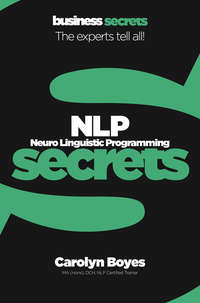Sadece Litres'te okuyun
Kitap dosya olarak indirilemez ancak uygulamamız üzerinden veya online olarak web sitemizden okunabilir.
Türler ve etiketler
Yaş sınırı:
0+Litres'teki yayın tarihi:
14 mayıs 2019Hacim:
90 s. ISBN:
9780007360437Telif hakkı:
HarperCollins